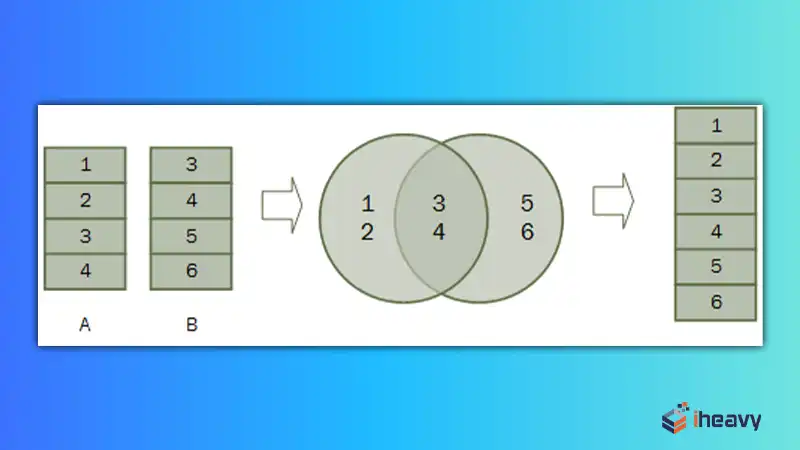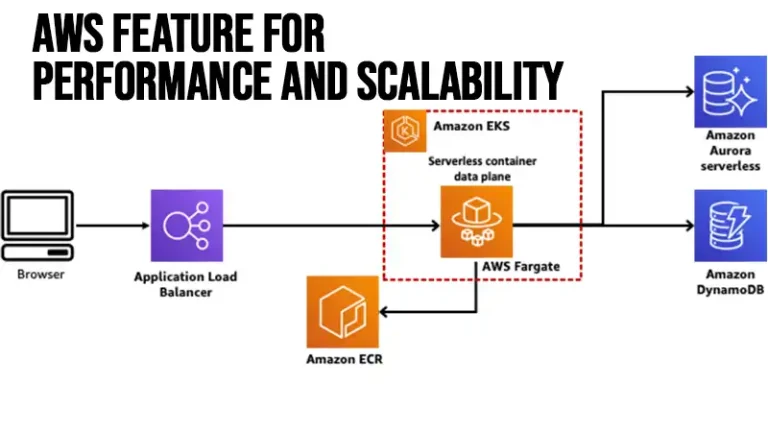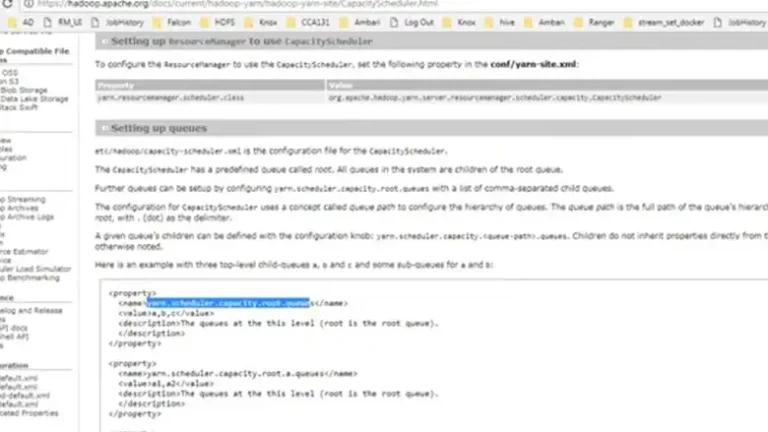Full Outer Join Example | Understanding and Implementation
A Full Outer Join is a type of join in SQL that returns all records when there is a match in either left (table1) or right (table2) table records. It combines the results of both Left and Right Outer Joins. If there is no match, the result is NULL on the side that does not have a match. This article will walk you through the concept of Full Outer Join, provide an example, and address common questions related to its use.

What is a Full Outer Join?
A Full Outer Join, also known as a Full Join, is a type of join that returns all rows from both tables, with NULLs in place where the join condition is not met. It is useful when you need to combine and retrieve all data from both tables and identify what does not match between them.
Example of Full Outer Join
Let’s consider two tables: Employees and Departments.
Employees Table
| EmployeeID | EmployeeName | DepartmentID |
| 1 | Alice | 10 |
| 2 | Bob | 20 |
| 3 | Charlie | NULL |
Departments Table
| DepartmentID | DepartmentName |
| 10 | HR |
| 20 | IT |
| 30 | Finance |
SQL Query
Here is the SQL query to perform a Full Outer Join on these tables:
SELECT
Employees.EmployeeID,
Employees.EmployeeName,
Employees.DepartmentID,
Departments.DepartmentName
FROM
Employees
FULL OUTER JOIN
Departments
ON
Employees.DepartmentID = Departments.DepartmentID;Result
| EmployeeID | EmployeeName | DepartmentID | DepartmentName |
| 1 | Alice | 10 | HR |
| 2 | Bob | 20 | IT |
| 3 | Charlie | NULL | NULL |
| NULL | NULL | 30 | Finance |
Explanation
The first two rows show matches between the Employees and Departments tables.
The third row shows an employee with no matching department.
The fourth row shows a department with no matching employee.
Use Cases of Full Outer Join
Data Reconciliation
Useful for reconciling data between two datasets where you need to see all data from both sides and understand what matches and what does not.
Data Merging
Combining datasets where you want to ensure no data is lost, even if there are mismatches.
Reporting
Generating reports that require a comprehensive view of data from multiple tables.
Limitations of Full Outer Join
Performance
Can be slower on large datasets due to the extensive nature of retrieving all records.
Complexity
Can result in complex result sets that may require additional handling to clean or interpret.
Frequently Asked Questions
What is the difference between Full Outer Join and Inner Join?
An Inner Join returns only the rows with matching values in both tables, whereas a Full Outer Join returns all rows from both tables, with NULLs for non-matching rows.
How do I perform a Full Outer Join in databases that do not support it?
In databases that do not support Full Outer Join directly, you can achieve the same result using a combination of Left Join, Right Join, and UNION.
SELECT
Employees.EmployeeID,
Employees.EmployeeName,
Employees.DepartmentID,
Departments.DepartmentName
FROM
Employees
LEFT JOIN
Departments
ON
Employees.DepartmentID = Departments.DepartmentID
UNION
SELECT
Employees.EmployeeID,
Employees.EmployeeName,
Employees.DepartmentID,
Departments.DepartmentName
FROM
Employees
RIGHT JOIN
Departments
ON
Employees.DepartmentID = Departments.DepartmentID;When should I avoid using Full Outer Join?
Avoid using Full Outer Join on very large tables if performance is a concern, or when you only need matched records, in which case an Inner Join would be more appropriate.
Conclusion
A Full Outer Join is a powerful SQL operation that allows for comprehensive data retrieval from multiple tables. It ensures that no data is left out by combining the results of both Left and Right Joins. Understanding how and when to use Full Outer Join can enhance your data analysis and reporting capabilities. Always consider performance implications and the specific requirements of your query when using this type of join.

![Is Databricks Certification Worth It? [Answered]](https://www.iheavy.com/wp-content/uploads/2024/06/Databricks-Certification-768x432.webp)




